
Stephan Winkelmann assumed the role of Chairman and CEO of Lamborghini on December 1, 2020, succeeding Stefano Domenicali.
Under CEO Stephan Winkelmann, Lamborghini has transformed from a sports-car brand with its glory days behind it to an outrageous dream for kids and adults around the world. He tells LUX how he implemented his vision – and what lies ahead as the company’s famously vocal petrol engines become replaced by electric motors
LUX: When you started as Lamborghini CEO, what was your vision and have you achieved it?
Stephan Winkelmann: I started in January 2005, and at that time I knew very little about Lamborghini, so for me it was important to do a quick assessment of the state of the brand and the company.
After I understood about it more, it was vital to give a crystal-clear message to the fans and customers to position Lamborghini as a niche brand. It was about being uncompromising, extreme and Italian.
And then we focused on having the two models [recently joined by a third] to exploit all the capabilities of the chassis and the engine. These were the most important things to achieve. And we’ve achieved them, because the brand has made a huge step in the past almost two decades. The team has done a fantastic job.
Follow LUX on Instagram: luxthemagazine
LUX: The world has changed a lot in that time. How has Lamborghini had to change?
SW: A brand is constantly moving – there is no standing still, the adaptation is continuous. Now we are in a phase where the car industry is changing dramatically, and for super sportscar manufacturers this change is even more complex because one end is design, which is the easier part, but the other is performance.
And for us, performance is something we have to continue not only to promise, but to overachieve. Nowadays, there’s also a new dimension, which is sustainability. So we are hybridising all the line-up.
There is the new Revuelto – a hybrid, a complete new Huracán, and Urus is going to be a plug-in hybrid. After that, we will think about how to come to the end of the decade with our first fully electric car.

Stephan Winkelmann has taken the Lamborghini bull by the horns, transforming quality and trust in the brand while reinforcing its image as the wildest and most flamboyant maker of supercars, and extending its reach into gaming. He has introduced a luxury SUV (the Urus, in orange, above).
LUX: We can see how you can create design and performance in an electric car, but how do you create Lamborghini passion?
SW: Passion is the design and performance. What is changing is the sound. You have two types of performance: one is acceleration and top speed, which is nice to have, but everybody can have something like this.
For me, the next thing for electric cars or hybrid cars is the second type of performance: the handling behaviour.
LUX: Since you started, the proportion of the world’s super wealthy has increased and we see a new super-luxury sector across every industry. Is there more demand now for bespoke and nearly-bespoke multimilliondollar cars?
SW: We have been doing these for at least 15 years, and they are split into what we call “few-offs” and “one-offs”.
The few-offs cost more than €2 million and the one-offs are €5-6 million for the time being. So, yes, the customers are always looking for more and for something special.
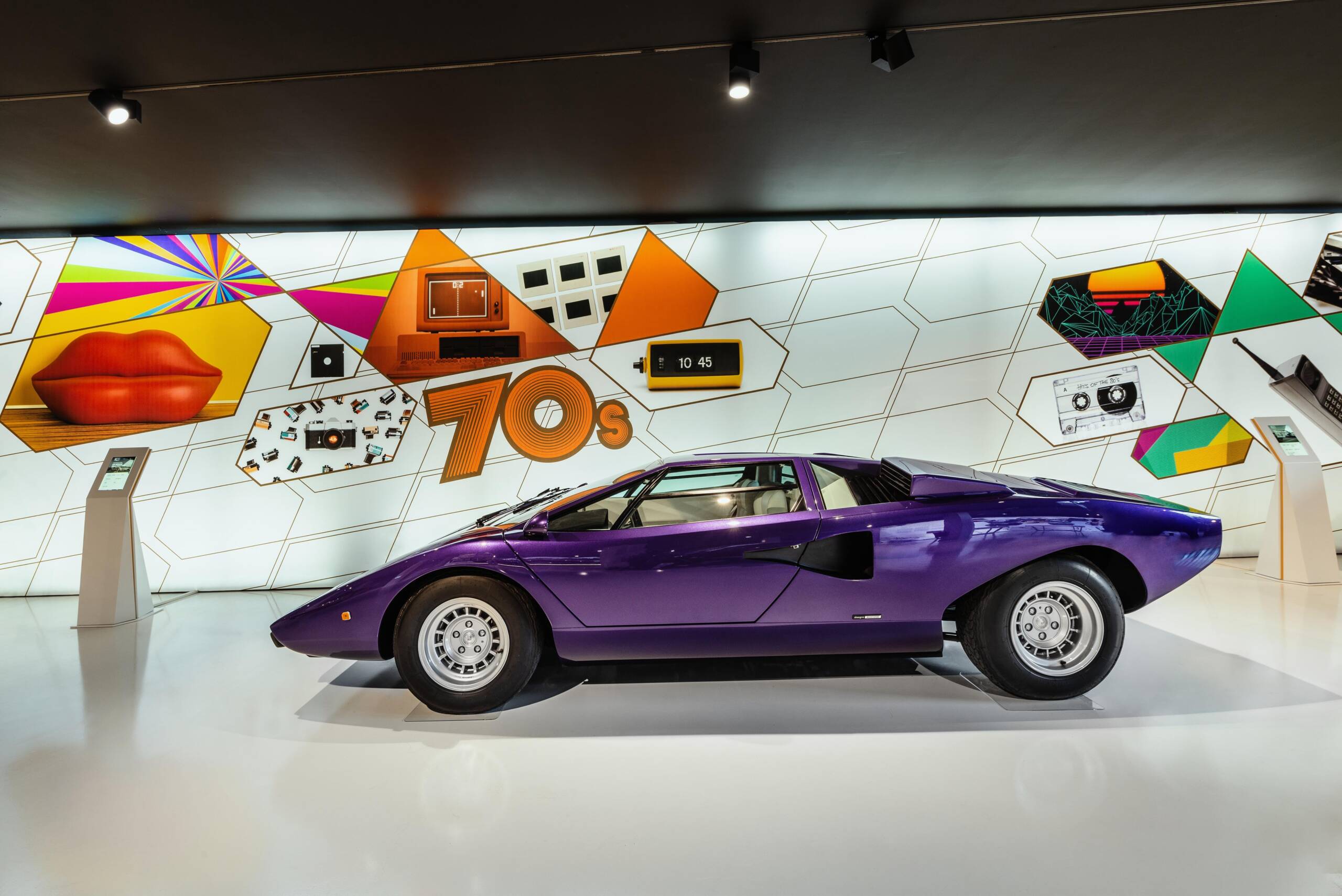
He has introduced highly limited-edition models that sell for millions – like the contemporary reworking of the legendary classic Countach (in purple, above).
LUX: Is there a danger that in 20 years’ time, the market will be more generic because of a lack of distinctiveness around engines?
SW: I don’t think so, because the engine is just one brick in the wall. What we do best is to have the Lamborghini DNA in every car and in the emotional part of the driving experience. We have to maintain this.
“FOR US, PERFORMANCE IS SOMETHING WE HAVE TO CONTINUE NOT ONLY TO PROMISE, BUT TO OVERACHIEVE”
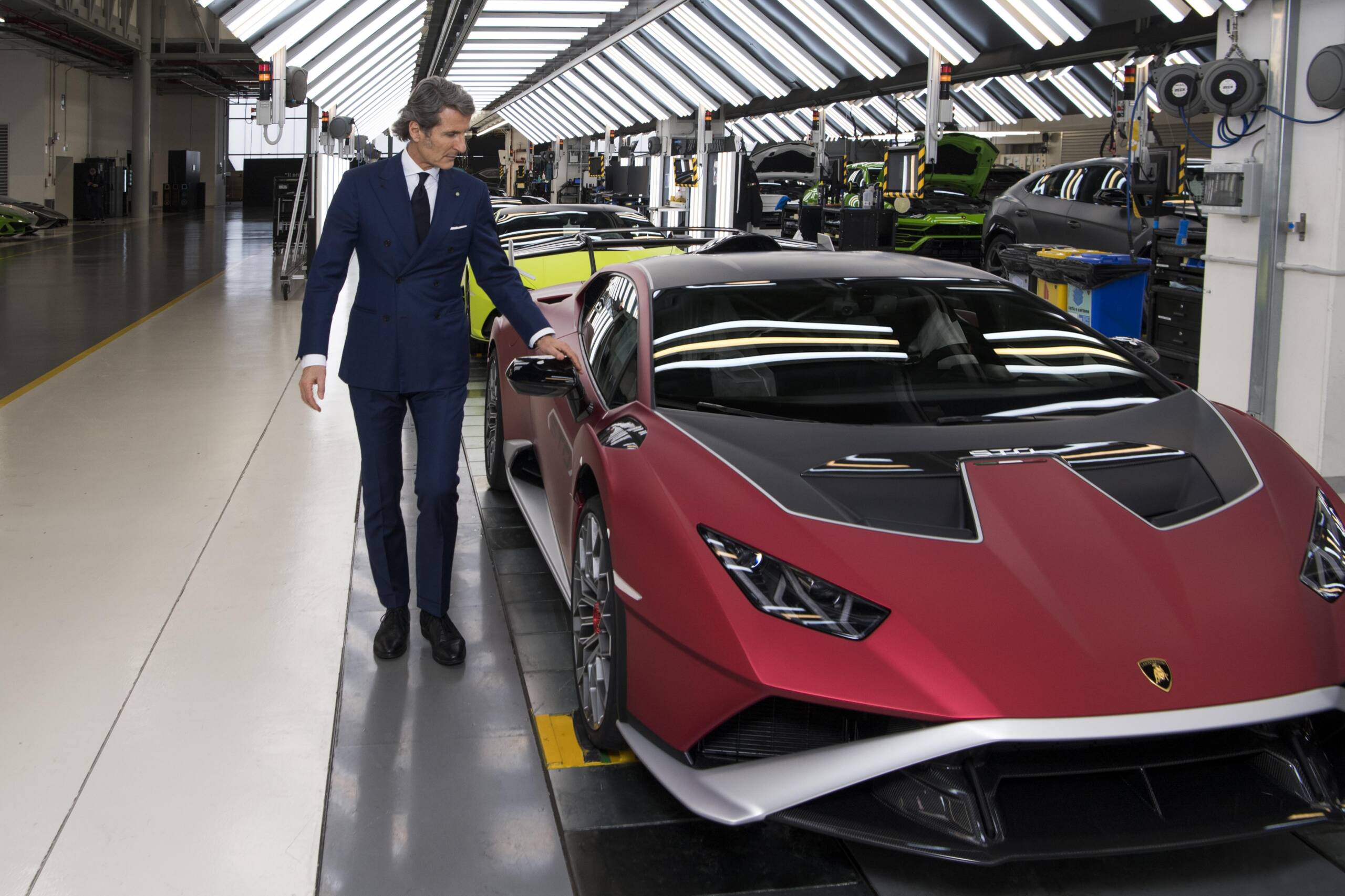
He also has created more accessible road racers to rival everyday Ferraris, such as the Huracán STO (in red, above).
LUX: Lamborghinis come in all kinds of interesting colours. What’s your favourite?
SW: For the Huracán, my favourites are the dark matte colours.
LUX: What is Lamborghini doing outside designing cars?
SW: We have a licensing department, we are doing real estate, we have a licence with watches, we have partners like Lego, we have video games, we have boats, we’ve done NFTs.
Read more: Car collector king Fritz Burkard on his Pearl Collection
LUX: Is a Lamborghini a dream?
SW: Yes, usually it’s a dream purchase come true, maybe because you had posters on your wall as a child, or, for the new generation, gaming – appearance in games is important.
LUX: Lamborghinis still seem to appeal across generations and sexes. Why?
SW: The shape of the cars are so recognisable; they are comparable with fighter jets. And on social media our presence is so significant.
We take care of our customers, but it is equally important that everybody who sees a Lamborghini or who is in contact with a Lamborghini gives a thumbs-up. Nobody should be left behind.


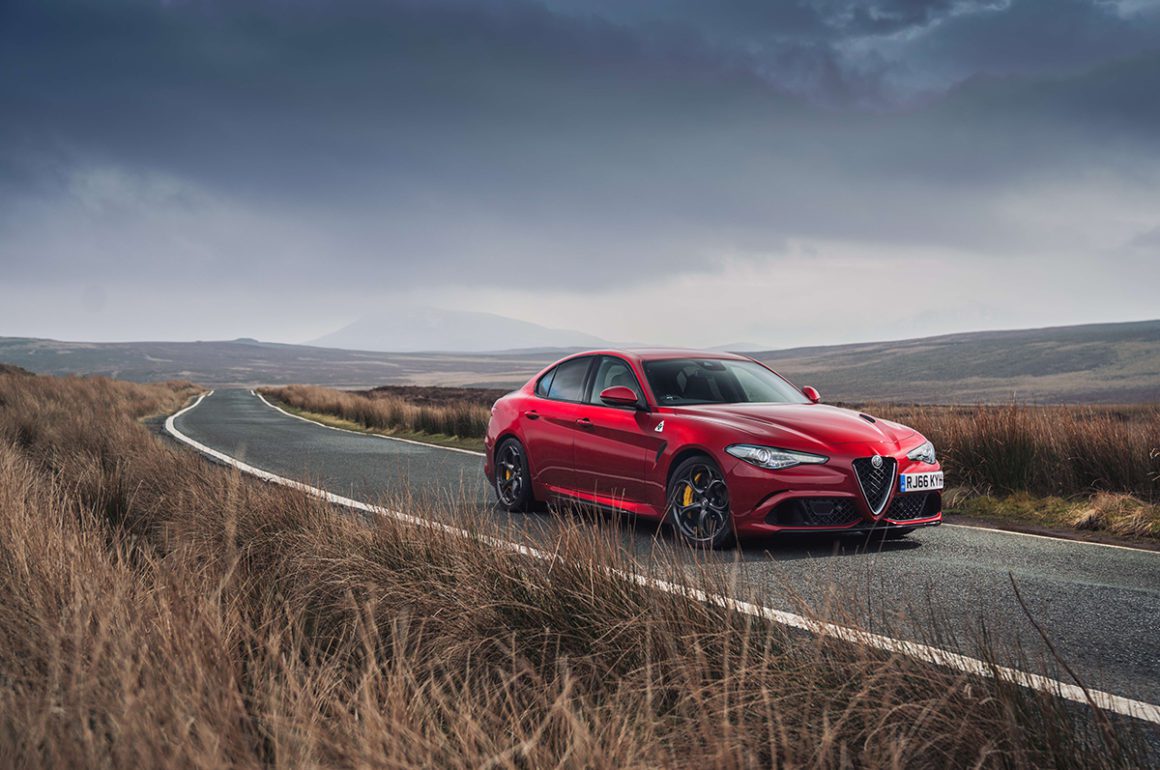
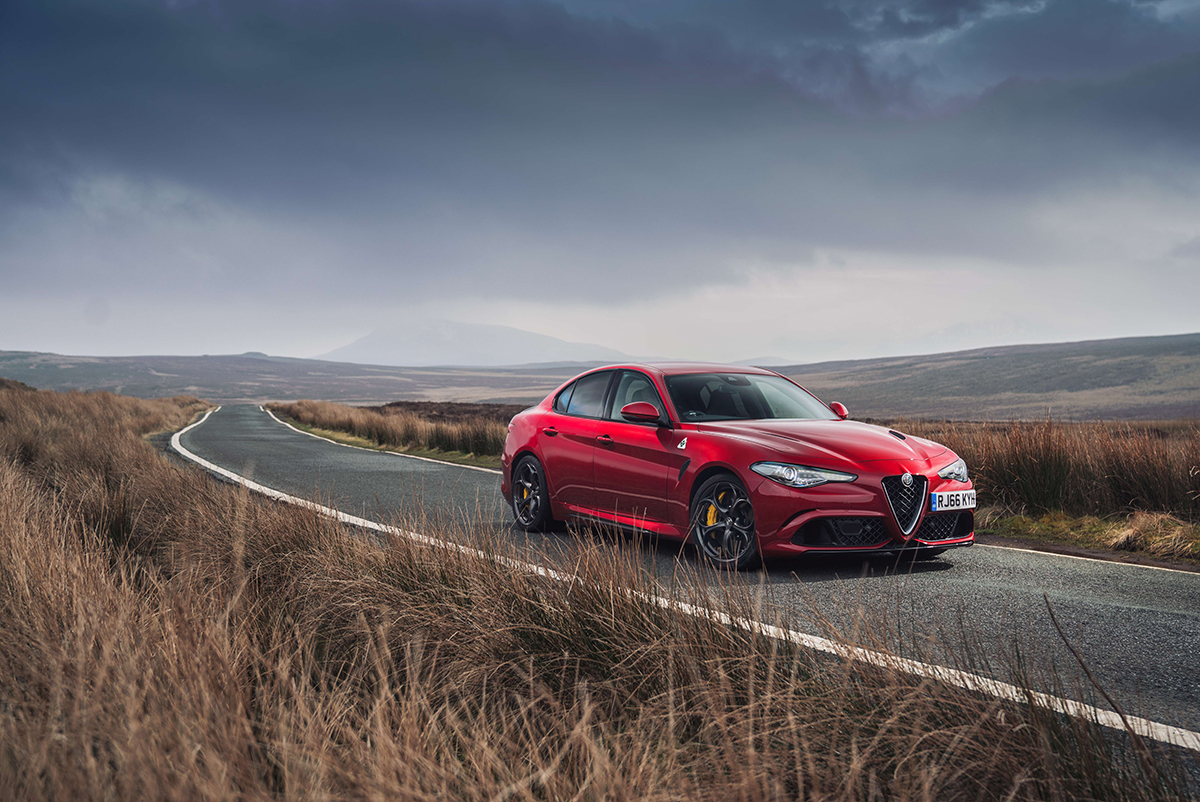
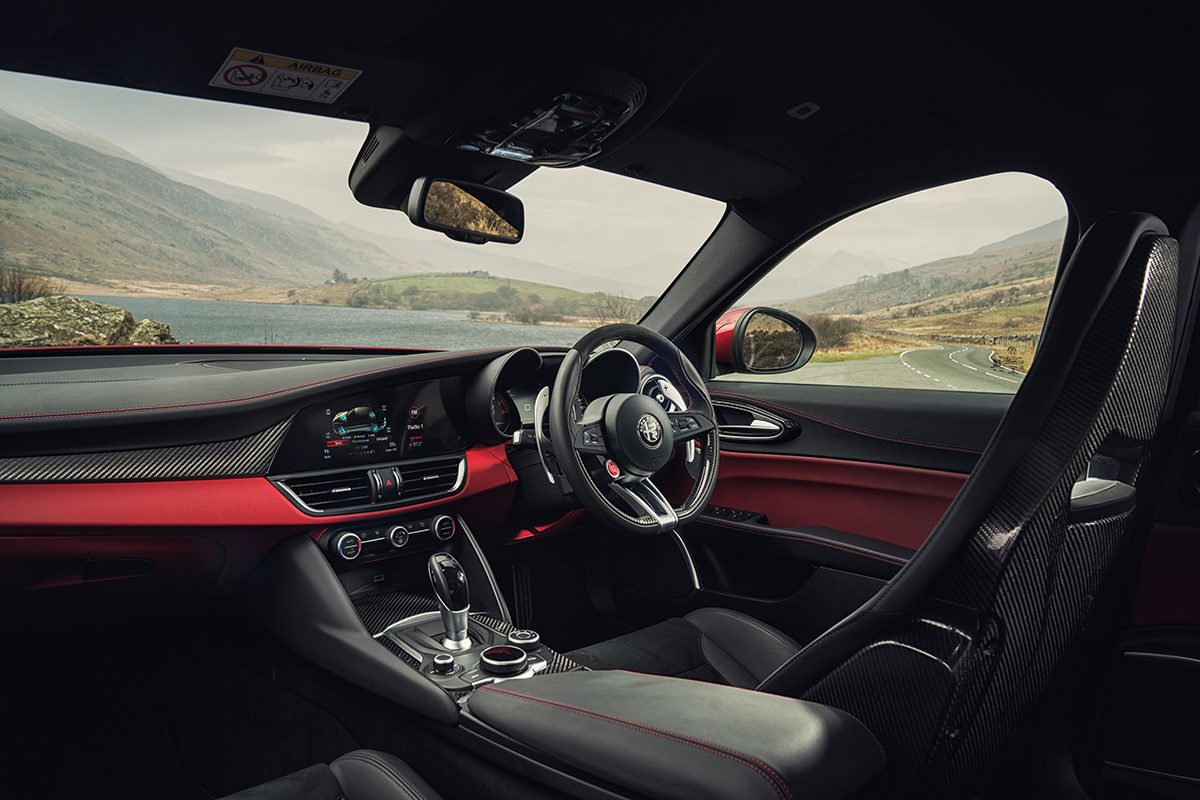





Recent Comments